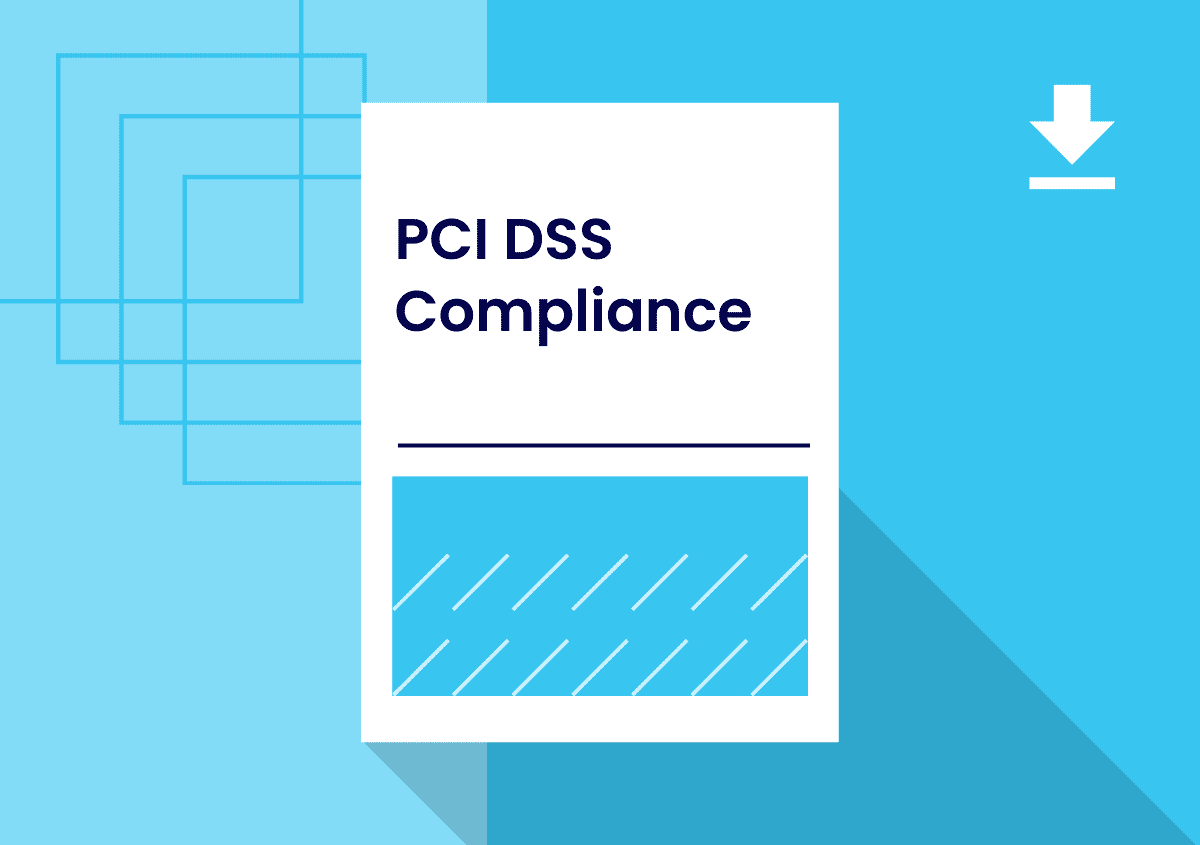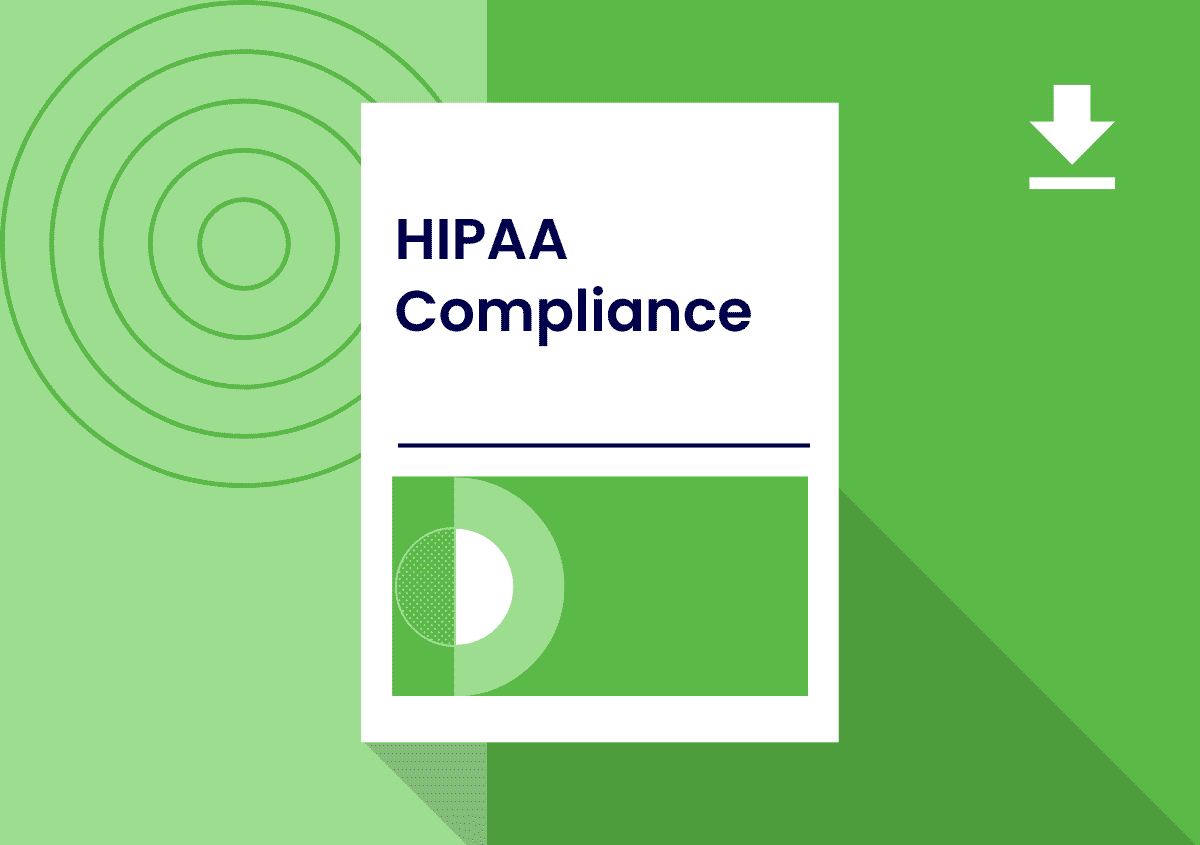Work at home (WaH) deployments can incur a number of costs that may not be immediately obvious. For the employer, the WaH director, the CTO/CIO, really anyone in charge of a WaH program, reducing costs while maintaining an effective WaH solution is the goal. In this post we are going to be answering two main questions: What are the costs involved for employers when providing WaH enabled devices to employees? And what are the ways Secure Remote Worker can reduce these costs?
Security
ThinScale Technology – PCI DSS Compliance
Coalfire PCI DSS ThinScale Whitepaper – Executive Summary ThinScale Technology(ThinScale) engaged Coalfire Systems Inc. (Coalfire), a respected Qualified Security Assessor (QSA) for the Payment Card Industry (PCI) and Payment Application Qualified Security Assessor (PA-QSA) company, to conduct an independent technical assessment of their ThinKiosk (ThinKiosk) & Secure Remote Worker (Secure Remote Worker) product. Coalfire conducted … Read more
ThinScale Technology – GDPR compliance
ThinScale Technology (ThinScale) engaged Coalfire Systems Inc. (Coalfire), a leading independent industry provider of IT security, governance, and regulatory compliance services, to conduct an independent technical assessment of their ThinKiosk& Secure Remote Worker product. Furthermore, Coalfire’s assessment was to determine the solution’s suitability to meet GDPR Compliance. Coalfire conducted assessment activities including technical testing, architectural … Read more
Critical Checks for a WFH Security Audit
30% of the global workforce are working from home in 2022 – However, there has also been a 300% increase in cybercrime since 2020. As the result, auditing a secure working environment has changed for the better, being more reflective of the needs of a modern workplace environment. It is important to audit your own environment to ensure you can meet the standards for a modern cybersecurity framework, as companies are losing millions of dollars due to security breaches alone in 2022. According to Thales, 45% of organizations have experienced either a security breach or failed security audit.
Zero Trust: modernize your endpoint security
Modern IT infrastructure is exposed to a large amount of risk, with the frequency of cyber-attack rising year on year. Hybrid working, which is becoming a mainstay for most organizations, increases the attack surface for organizations due to corporate accessing endpoints (e.g. laptops) moving outside of the organization’s direct control.









